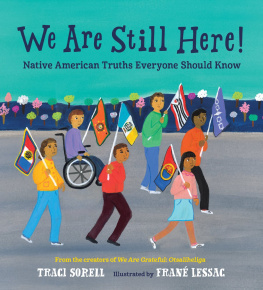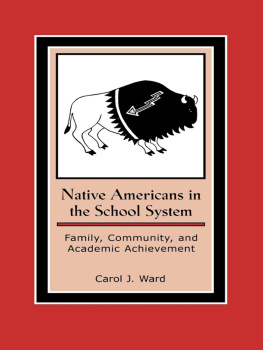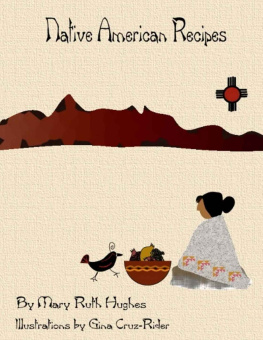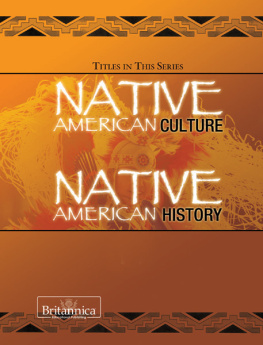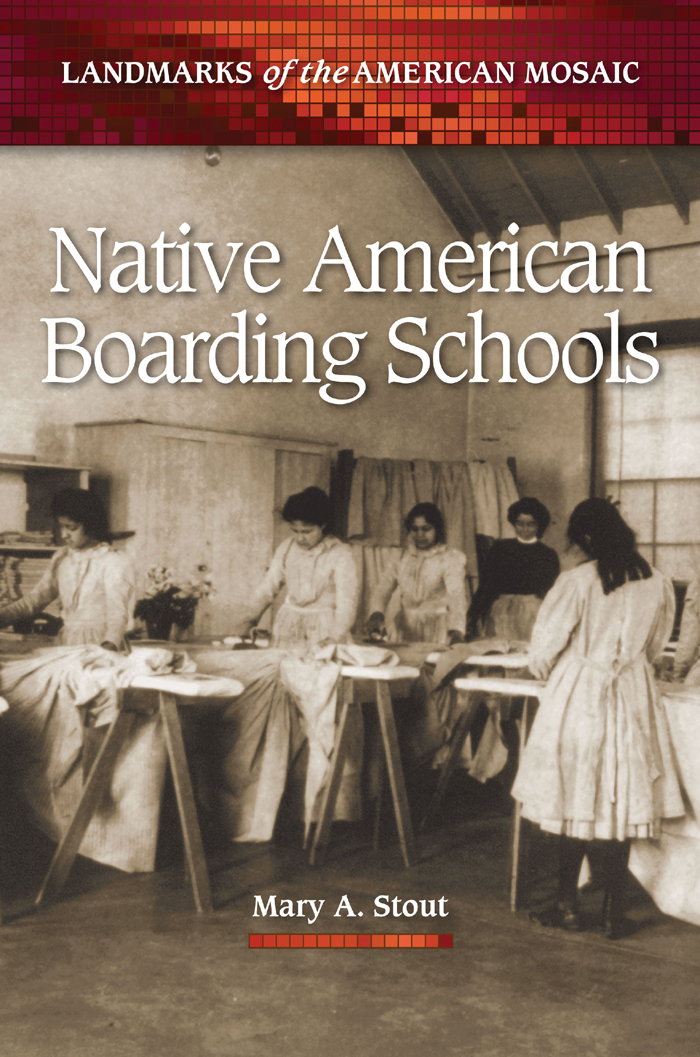Native American Boarding Schools
Mary A. Stout

Copyright 2012 by ABC-CLIO, LLC
All rights reserved. No part of this publication may be reproduced, stored in a retrieval system, or transmitted, in any form or by any means, electronic, mechanical, photocopying, recording, or otherwise, except for the inclusion of brief quotations in a review, without prior permission in writing from the publisher.
Library of Congress Cataloging-in-Publication Data
Stout, Mary, 1954
Native American boarding schools / Mary A. Stout.
p. cm. (Landmarks of the American mosaic)
Includes bibliographical references and index.
ISBN 978-0-313-38676-3 (hardcopy : alk. paper) ISBN 978-0-313-38677-0 (ebook) 1. Off-reservation boarding schoolsUnited StatesHistoryJuvenile literature. 2. Indian childrenRelocationUnited StatesHistoryJuvenile literature. 3. Indian childrenEducationJuvenile literature. 4. Indians, Treatment ofUnited StatesHistoryJuvenile literature. I. Title.
E97.5.S76 2012
371.82997073dc23 2011051895
ISBN: 978-0-313-38676-3
EISBN: 978-0-313-38677-0
16 15 14 13 12 1 2 3 4 5
This book is also available on the World Wide Web as an eBook.
Visit www.abc-clio.com for details.
Greenwood
An Imprint of ABC-CLIO, LLC
ABC-CLIO, LLC
130 Cremona Drive, P.O. Box 1911
Santa Barbara, California 93116-1911
This book is printed on acid-free paper&
Manufactured in the United States of America
Contents
Series Foreword
T HE L ANDMARKS OF THE A MERICAN M OSAIC series comprises individual volumes devoted to exploring an event or development central to this countrys multicultural heritage. The topics illuminate the struggles and triumphs of American Indians, African Americans, Latinos, and Asian Americans, from European contact through the turbulent last half of the 20th century. The series covers landmark court cases, laws, government programs, civil rights infringements, riots, battles, movements, and more. Written by historians especially for high-school students on up and general readers, these content-rich references satisfy more thorough research needs and provide a deeper understanding of material that students might only otherwise be exposed to in a short section in a textbook or superficial explanation online.
Each book on a particular topic is a one-stop reference source. The series format includes
- Introduction
- Chronology
- Narrative chapters that trace the evolution of the event or topic chronologically
- Biographical profiles of key figures
- Selection of crucial primary documents
- Glossary
- Annotated Bibliography
- Index
This landmark series promotes respect for cultural diversity and supports the social studies curriculum by helping students understand multicultural American history.
Preface
T HE N OTION THAT THE U NITED S TATES OF A MERICA sought to forcefully assimilate the native inhabitants that they had recently conquered by force and consigned to unwanted bits of real estate, by gathering a generation or so of their young children into large, unfriendly institutional boarding schools, is quite horrifying to think about these days. It is often a subject quickly passed over in U.S. history, I assume, due to the shame and embarrassment that exists because the government promulgated this policy. It was ethnocide, or cultural genocide, and that was the boarding school experience at its best.
One of the key things learned by studying this important aspect of U.S. history, is that this effort to eradicate Native American culture and language was not particularly successful. The Native American children and families involved in the boarding school movement were not passive vessels to be filled or broken during the boarding school assimilation and acculturation process. They were not dolls, and they did not necessarily fulfill the program of turning them into white Americans. Rather, each person who attended boarding school had a different reaction and a different opinion about the process. Many of them figured out who they were at boarding school, and who they were was Indian.
While it is hard to imagine, some of the boarding schools actually survived to become residential high schools or even colleges today. Somewhere along the line, they were embraced by the very people that they were created to destroy, and turned into something that works for them, something that symbolizes Native America, by some sort of amazing human alchemy. The stories of the students attending boarding schools are all different and complex, with hidden depths. The boarding school experience was not uniform; it was multidimensional. And the students who lived through boarding schools tell astonishing stories of courage, resistance, and adaptation.
This book is a reference work for contemporary students interested in the topic of Native American boarding schools in the United States. The early chapters address the mission schools of the early settlers among the American Indians, the precursors of the government boarding schools. Chapter Three focuses on young Colonel Richard Pratts grand experiment at Carlisle Indian School, the first of the off-reservation government boarding schools. Pratts school became the model for all of the succeeding government boarding schools.
The boarding schools changed through the decades with legal and social changes, and several chapters show the change over time by highlighting the story of one student at one school during that period of time. In the end, the boarding schools closed down or were transformed, as the U.S. government slowly recognized that they were not only ineffective, but damaging to the students. The manner of educating Native American students is finally coming full circle as tribal control of schools becomes the order of the day. After contemporary Native American education is addressed, the final chapter looks at some of the outcomes of the boarding school education.
Finally, there are special materials such as a chronology, a glossary of terms, biographies of key people, and an annotated bibliography of sources for this topic.
Acknowledgments
Many people have helped me with the research for this book, but I would especially like to thank Dr. K. Tsianina Lomawaima, an educator and scholar in the field, who was most generous with her time and with her suggestions. Of course, any mistakes are all mine, but her wisdom and insight were valued and appreciated.
This book is dedicated to my mother and father, Marge and Jim Stout. Our parents are our first and primary teachers, no matter what culture you are born into.
Introduction
T HROUGH C OUNTLESS S TORIES , letters, and oral histories, along with dry institutional records and government reports, the history of Native American childrens education in boarding schools is revealed. Although the individual experiences were as different and as numerous as the children experiencing them, the significance of their experiences, and how they would shape history, can only be appreciated when there is some knowledge of the traditional Native American educational system.
Prior to European contact, traditional Native American education varied from tribe to tribe and place to place. Although documentation is not complete, we believe that the focus of traditional Native American education, which was taken very seriously by the people, was first and foremost survival in the environment in which the tribe lived. Also, the transmission of a very rich culture in a nonliterate society demanded a strong and dedicated oral history program. Those European Americans who assumed that no educational practices existed within traditional tribes, and sought to replace nothing with something, were wrong in their assumptions. It is difficult to generalize about Native American educational practices, because North America was populated with more than 500 different cultures speaking more than 300 different languages. Autobiographies of Native Americans who experienced a traditional upbringing and education within their tribes provide a window onto some of the basic educational practices.



